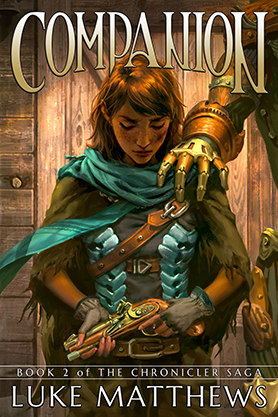Story by Kieron Gillen
Art by Salva Espin
When I first read the end to Generation Hope #7, I was worried. The book had just gotten its legs under it with the first legitimate mission for Hope and her crew. The catalyst of conflict finally made the book gel, and Kieron Gillen finally brought the team’s dynamic into full view. And they were about to step away from that. Issue 8 allows us to focus on the team in a moment of downtime, while also pitting them against an entirely new type of challenge: Teon’s parents have brought a lawsuit against the X-Men organization to return him to their custody.
I was pleasantly surprised by this latest issue. Gillen shows us the beginnings of the team as a family, as they have a chance to adjust to each others’ presence outside a major conflict. Each character gets a moment in the spotlight, but always within the context of their family unit. Their dialogue is appropriately witty, and we’re starting to see real personality in each of the characters, differentiating them from one another in deeper ways that just aesthetics and powers. I’m still annoyed by Idie, but now I’m wondering if maybe I’m supposed to be.
Alongside all of that, this issue is really about Teon. Up until now, he’s been mostly a mindless dog that can kick things really hard. While he’s been an interesting foil (especially for Hope), we’ve never seen what really makes him tick. The reveal of his mutation’s true nature could have come across asinine, but Gillen works a sublime turn with the scene that is simultaneously intriguing, heartwarming, and funny.
Generation Hope keeps surprising me, and the team’s family dynamic is poised for all the supreme joy and agonizing twists of a real family. I’m hooked.



